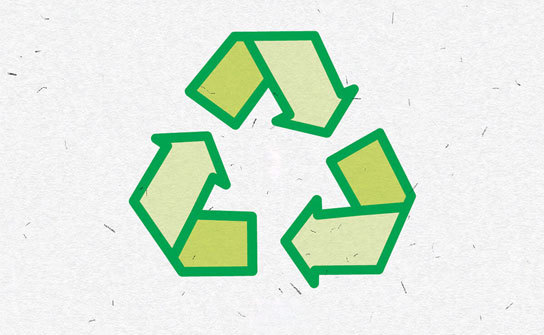 September-25-2023
September-25-2023
View: 0

The best way of protecting the natural environment and our health is to recycle plastic responsibly. But not all plastics can be recycled, though.
Plastic is amazing. But like anything, you can have too much of a good thing. When plastic was invented in the 50s it was seen as a wonder – material. It’s cheap to produce, light, strong and can be moulded into a huge variety of shapes and sizes. Pretty much overnight, plastic transformed our world, in many ways for the better, but in many ways for the worse.
70 years later and the world is drowning in the stuff. Of all the plastic ever produced only a fraction of it has been recycled. When it gets into the natural environment, it can destroy habitats, kill animals that eat it and breakdown into micro-plastics; of which the impact on the environment and on our health we don’t fully understand.
The best way of protecting the natural environment and our health is to recycle plastic responsibly. Not all plastics can be recycled, though. Plastic is often stamped with a number from 1 to 7 which will tell you if you can or can’t recycle that item.
1. PET / PETE
PET or PETE is mostly used to make single-use bottles because it’s cheap, light, easy to recycle and there’s a low risk of chemical leaching into the liquid it contains.
* Found in:
Water bottles
Ketchup
Mouthwash bottles
Peanut butter containers
Salad dressing and vegetable oil containers
* How to recycle
Empty and rinse the container and recycle from home, at work or on the go. There’s no need to remove bottle labels – this is done at the recycling plant by special machinery.
* Recycled into: Tote bags; Furniture; Carpets; New bottles and food containers.
2. HDPE
HDPE is a versatile plastic with many uses, especially when it comes to packaging. It carries low risk of leaching and is easily recycled into new items.
* Found in:
Milk and juice bottles
Bleach and other household cleaner bottles
Shampoo bottles
Butter and yogurt tubs
Plastic bags
* How to recycle
Recycle at home, at work or on the go. Flimsy plastics (plastic bags and film) can’t be recycled from home, but most supermarkets have plastic bag recycling points where you can drop these off for recycling.
* Recycled into: Laundry detergent bottles; Pens; Benches; Dog houses; Picnic tables; Fencing; Shampoo bottles.
3. PVC or V
PVC (polyvinyl chloride) and V (vinyl) are tough materials, so it’s usually used to make things like drain-pipes or playground equipment. PVC is also cheap, so it’s found in loads of products and packaging. Because chlorine is part of PVC’s chemical make-up, dangerous dioxins can be released during the manufacturing process. You should never burn PVC because it releases toxins which will damage your health, that of those around you, and the environment.
* Found in:
Medicine blister packs
Windows
Drain pipes
* How to recycle
PVC can rarely be recycled and definitely can’t be recycled from home. Put smaller items, like medicine blister packs in the bin. Larger things, like gutters and window sills can go to your local tip or reuse and recycling center.
* Recycled into: Flooring; Cables; Speed bumps; Mats.
4. LDPE
LDPE is a flexible plastic which is used in lots of different products.
* Found In:
Toothpaste tubes
Bread bags
Frozen food bags
Furniture
* How to recycle
Most councils don’t collect this plastic for recycling, so you’ll need to throw it in the bin. Things like plastic bags, bread bags, films and frozen veg bags can be recycled at supermarket plastic bag recycling points.
* Recycled into: Compost bins; Floor tiles
5. PP
PP has a high melting point, so it’s often chosen for containers that will hold hot liquid.
* Found in:
Some yogurt pots
Syrup and medicine bottles
Bottle caps
Straws
* How to recycle it
PP is collected by lots of councils for recycling. If the container did contain food or liquid, make sure you’ve rinsed it clean.
* Recycled into: New pots, tubs and trays
6. PS
PS can be made into rigid or foam products and is notoriously difficult to recycle.
* Found in:
Disposable plates and cups
Meat trays
Egg cartons
Take-away containers.
* How to recycle it
Polystyrene can’t be recycled and should go in your rubbish bin. Avoid it if possible or try and reuse it.
7. Miscellaneous
A wide variety of plastic types that don’t fit into the other six categories are put into this seventh category.
* Found in:
Bullet-proof materials
Sunglasses
DVDs
Nylon
This plastic can’t be recycled from home. If you have things like DVDs and sunglasses you no longer need, donate them to a charity shop if they’re in good condition or share on platforms like eBay, Freegle, Gively or these things will need to go in a rubbish bin.
#Plastic #Recycle #PlasticRecyle #PlasticMaterials #RecycleTechnology